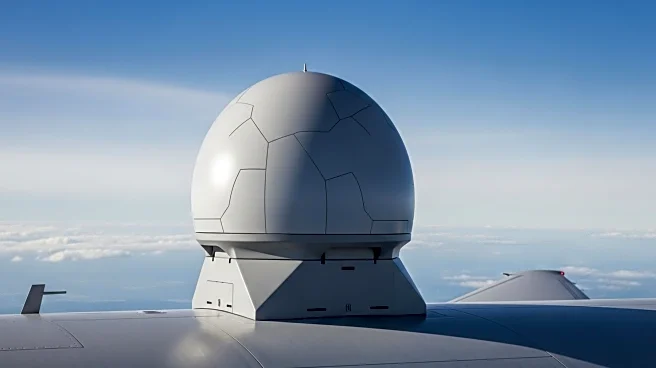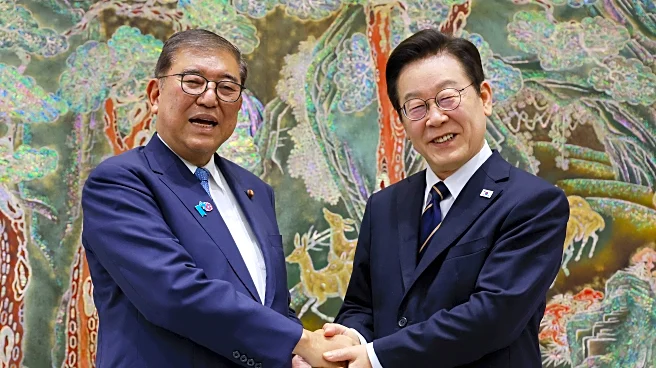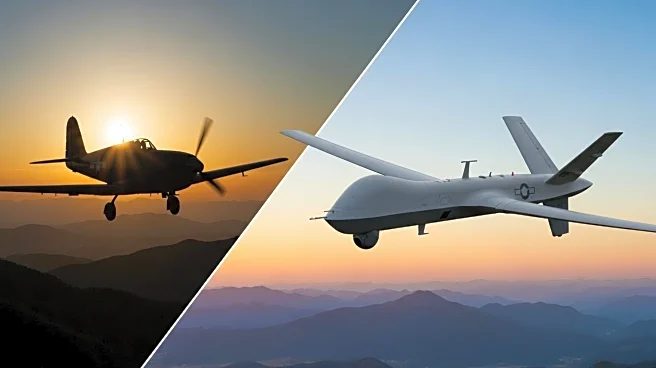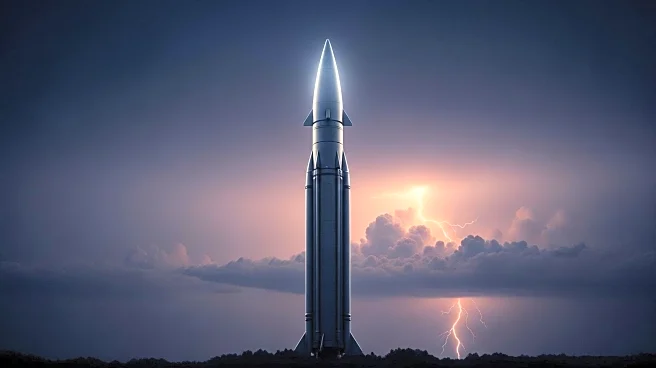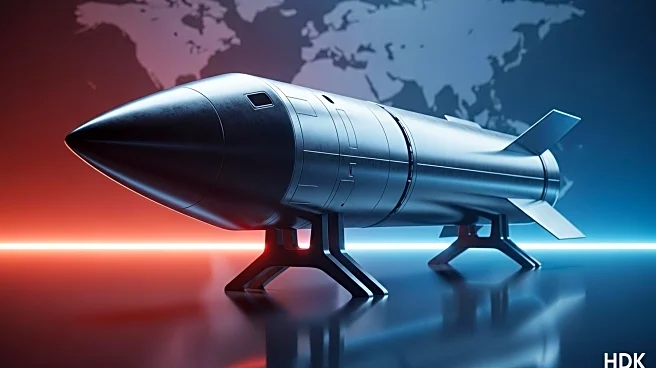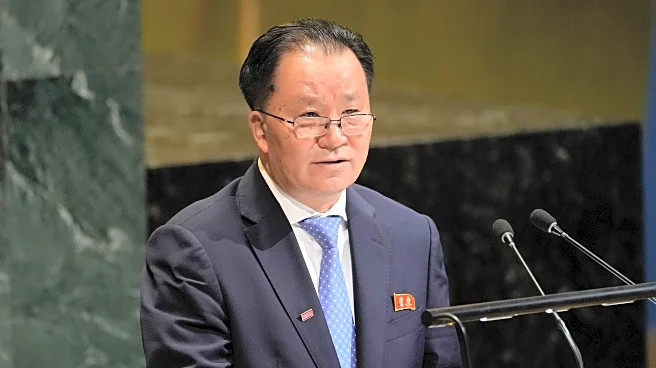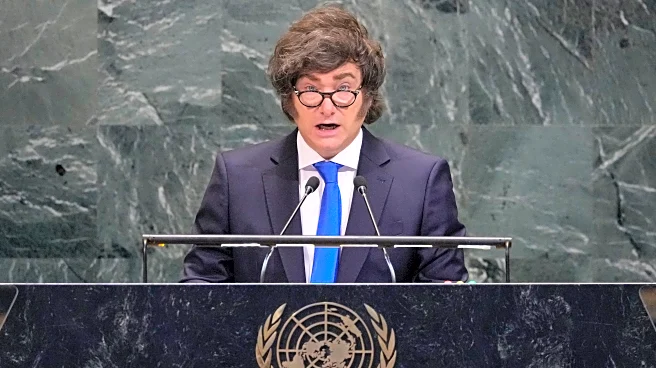What's Happening?
South Korea has selected L3Harris to supply additional airborne early warning (AEW) aircraft under its E-X Phase 2 program, valued at KRW3.1 trillion ($2.2 billion), running through 2032. L3Harris will provide the 'Phoenix' AEW aircraft, which integrates Israel's Elta EL/W-2085 radar with a Bombardier Global 6500 business jet. This marks the first export of the type and the first integration of a conformal radar system onto the Global 6500. The Republic of Korea Air Force currently operates four Boeing 737 'Peace Eye' AEW aircraft, which cover only part of the nation's air defense identification zone. The new assets aim to extend coverage over the Korean peninsula and surrounding airspace, particularly against long-range threats from North Korea and neighboring countries. L3Harris was chosen over Saab's GlobalEye, with the decision based on operational suitability, life cycle costs, and industrial participation.
Why It's Important?
The selection of L3Harris for South Korea's AEW program is significant for several reasons. It enhances South Korea's defense capabilities, particularly in monitoring and responding to threats from North Korea and other regional actors. The integration of advanced radar systems on the Global 6500 platform represents a technological advancement in airborne surveillance. Additionally, the program involves extensive local participation, including system integration at Korean Air Aerospace Division facilities and domestic production of radar components, which could bolster South Korea's defense industry and create economic opportunities. The decision also reflects strategic partnerships and technological collaboration between South Korea, the U.S., and Israel.
What's Next?
The Defense Acquisition Program Administration (DAPA) plans to finalize a contract with L3Harris and convene a program kickoff meeting by November. This will initiate the integration and certification process for the Phoenix AEW aircraft. The program's success could lead to further collaborations and technological advancements in defense systems. Stakeholders, including political leaders and defense industry players, will likely monitor the program's progress and its impact on regional security dynamics.
Beyond the Headlines
The decision to select L3Harris over Saab highlights the competitive nature of the global defense market and the importance of operational suitability and local industrial participation in defense contracts. This development may influence future defense procurement strategies and partnerships, emphasizing the need for technological innovation and collaboration.

